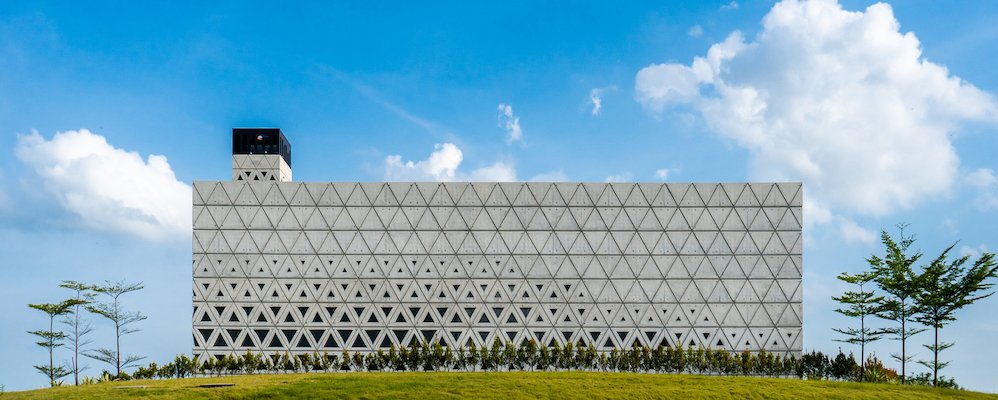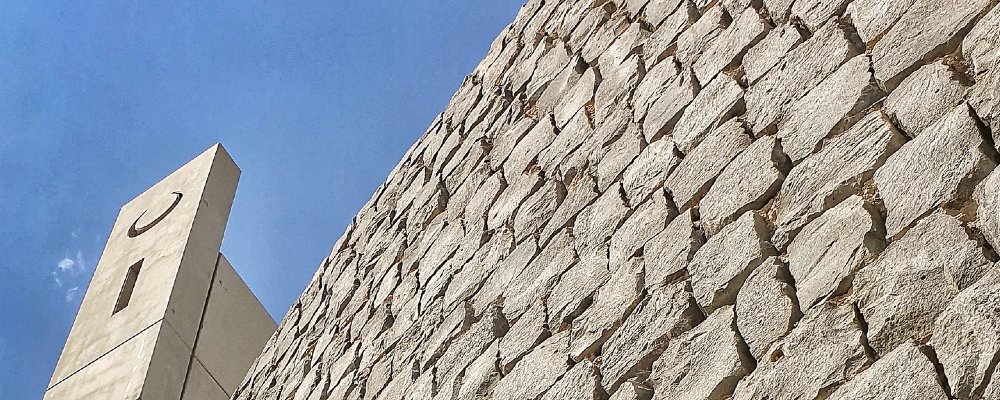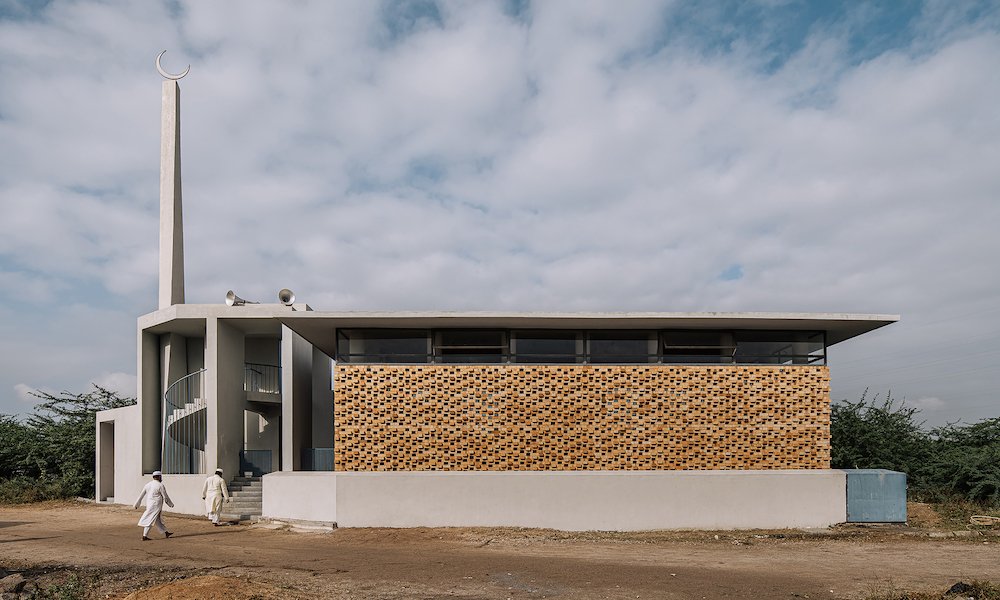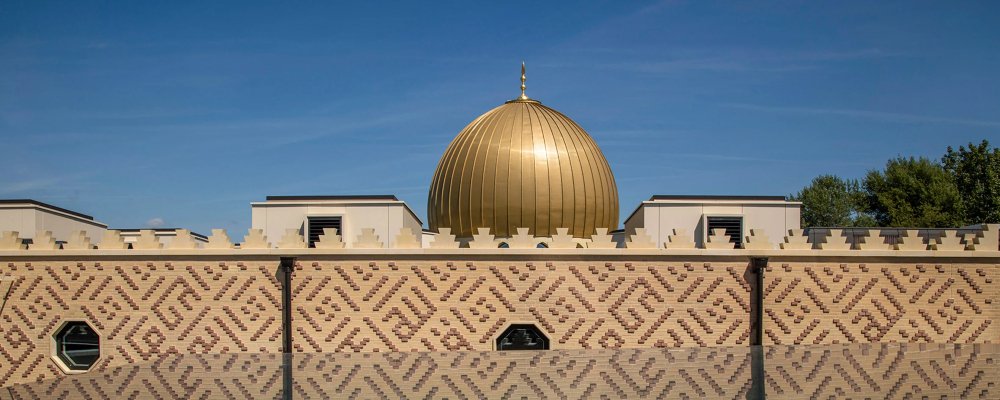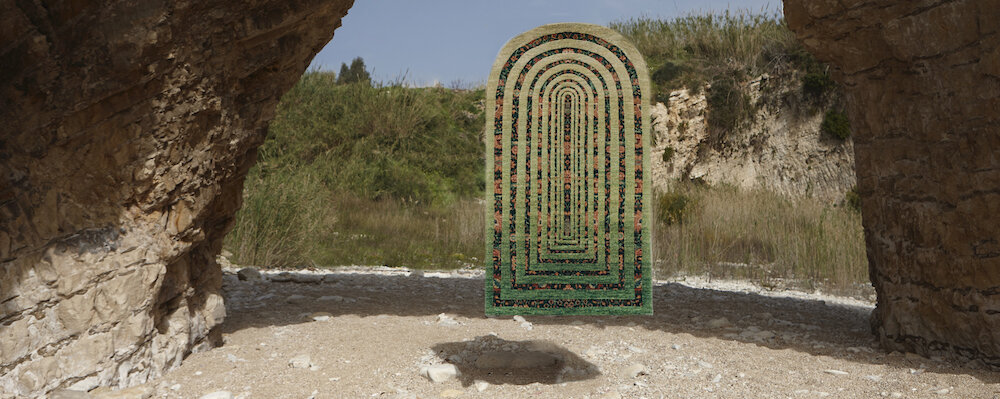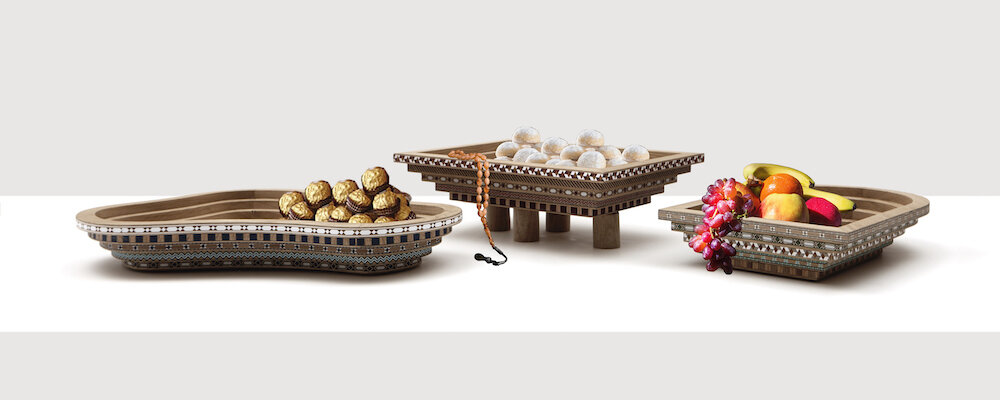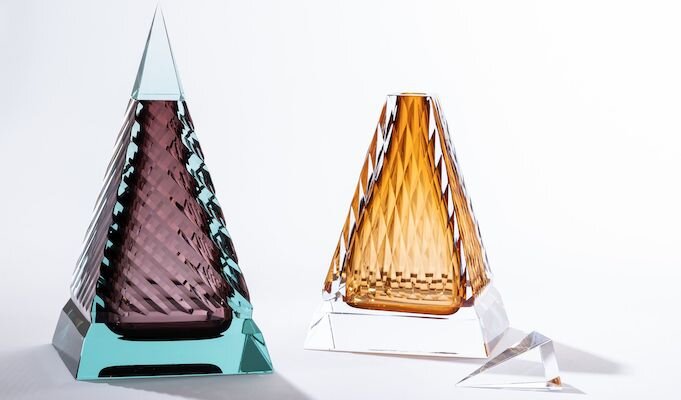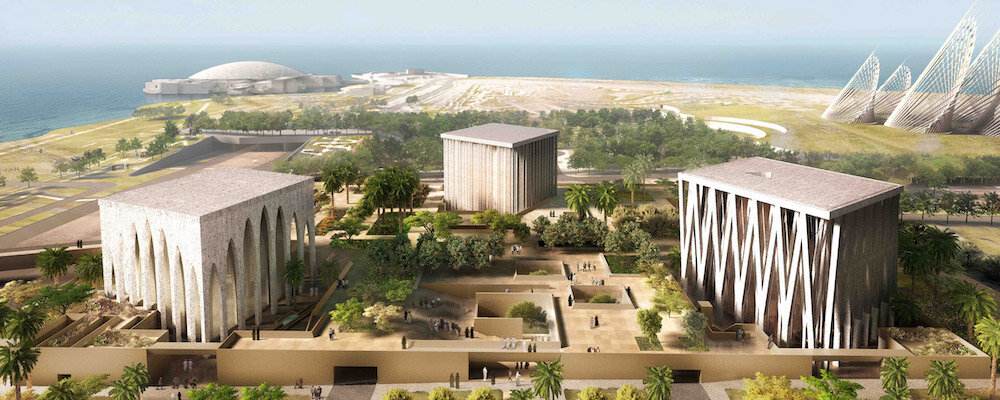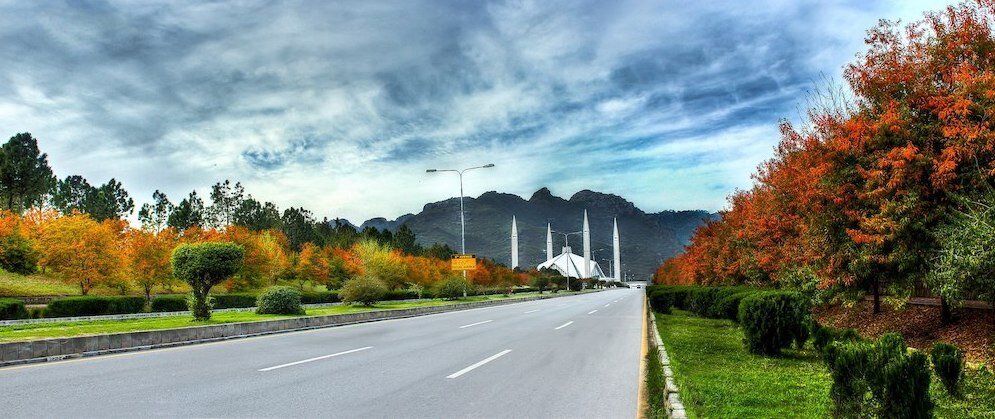#RamadanSeries – Cambridge Central Mosque
For our last episode of the Ramadan Series, let’s discover a ‘place of tranquillity’ with tree-like pillars built by Marks Barfield Architects…
Season 3, Episode 4 – Cambridge Central Mosque, UK.
The Cambridge Central Mosque design was inspired both by Islamic and English religious architectural traditions. The Cambridge Mosque Trust wanted to combine timeless with new technologies.
Back in 2009, Marks Barfield Architects won the competition to design the building with their concept of the mosque as a calm oasis within a grove of trees. With the collaboration of UK-based specialists such as the geometer Keith Critchlow, garden designer Emma Clark, and artists Amber Khokhar and Ayesha Gamiet, among others, the final design marries traditional Islamic architecture, geometry and horticulture with indigenous English materials, plants and craftsmanship to create a unique synthesis.
The signature feature of the mosque is its cross-laminated timber structure. The columns, or ‘trees’, reach up to support the roof in an interlaced octagonal lattice vault structure evocative of English gothic fan vaulting, famously used at the nearby King’s College Chapel.
The timber is sustainably sourced spruce which has been curved and laminated and clad in masonry tiles. Roof lights are located above the ‘trees’, bathing the prayer hall in light. The octagonal geometry has strong symbolism in Islamic art, suggesting the cycle of inhalation and exhalation – the ‘Breath of the Divine’.
The new building (2,340sqm) has replaced an old mosque that had become too small and was designed as a ‘calm oasis of contemplation’.
The exterior of the building made of yellow gault bricks that are common in Cambridge for inspiration. The studio created an imaginative pattern that also references traditional Islamic design. They are not full bricks but more like tiles. If you pay attention, the walls of the mosque contain a message in square Kufic calligraphy writing – that says "Say he is God, (the) one" repeated with rotational symmetry.
Indoors, a mashrabiya screen separates men and women, and is not a permanent fixture. There are dedicated areas for women and children, and for women at the first-floor level.
Worshippers and visitors enter via an Islamic garden before passing through a covered portico and then an atrium, preparing them gradually for the contemplation of the prayer hall, facing Mecca.
The building is naturally lit all year round by large skylights in the roof, supplemented by low energy LED bulbs, while photovoltaic cells on the roof help generate renewable energy from sunlight. It covers all of the hot water used, all of the cooling of the building and 13 per cent of the heating
As well as being very well-insulated and naturally ventilated, the mosque is heated and cooled by locally generated energy, by way of highly efficient heat pumps in the basement that produce far more energy than they consume. This type of heat pump extracts energy from the relatively stable temperature of the air or ground water, heating the building as needed and cooling it at times of high occupancy or excess heat gains.
Grey water and rainwater are harvested to flush WCs and irrigate the grounds. The building’s carbon footprint will improve over time as mains electricity from renewable sources becomes more available. Green transport has also been taken into consideration in the design: there is ample space for bikes and it’s easily accessible by pedestrians, while an underground car park frees up space on site for the mosque and gardens.














